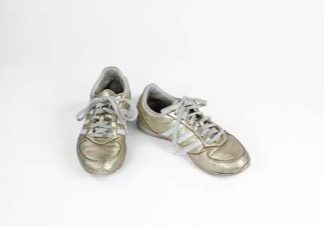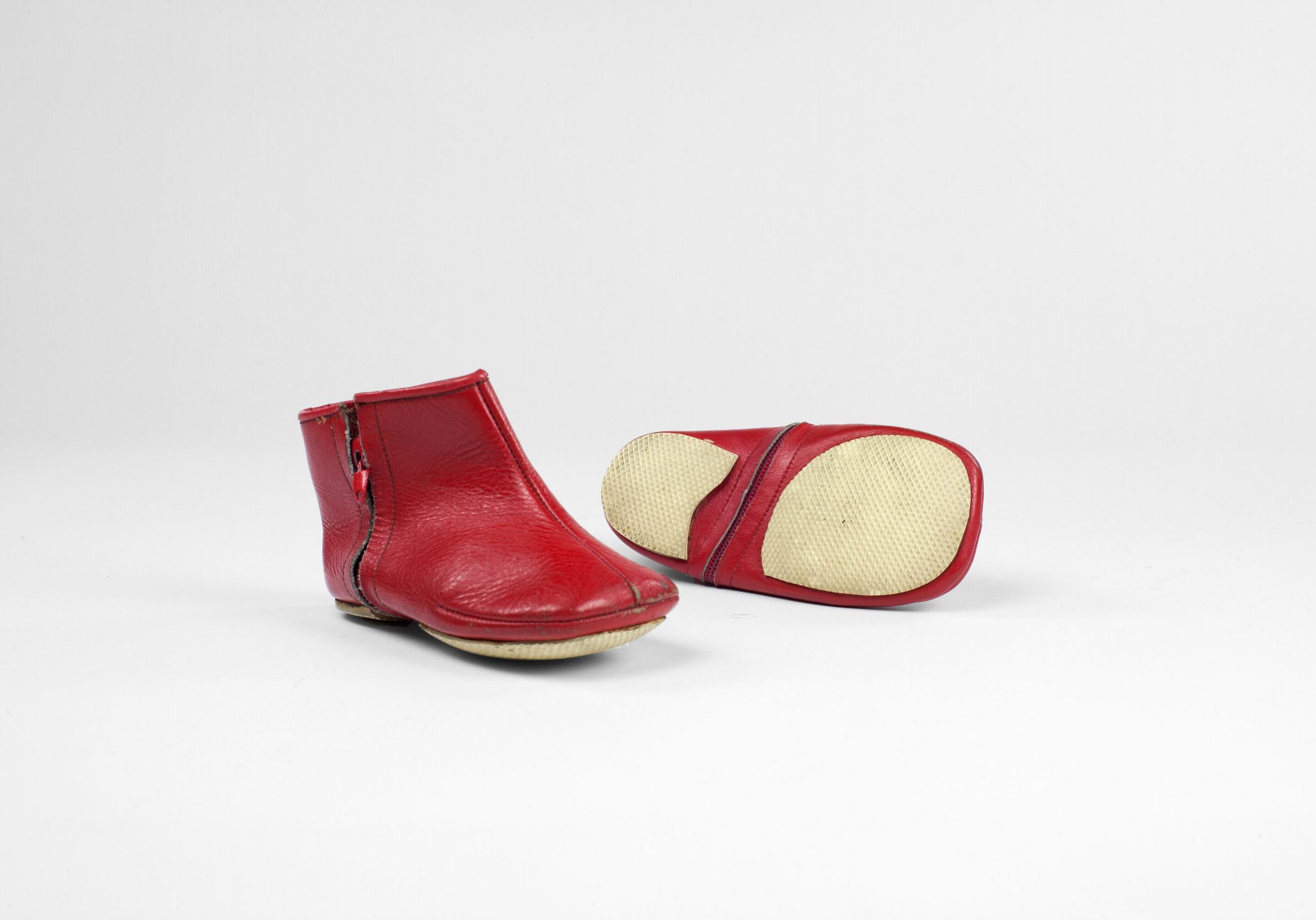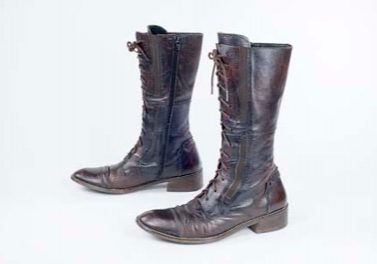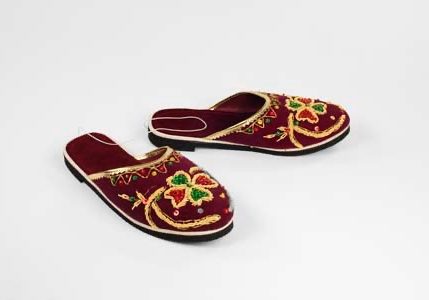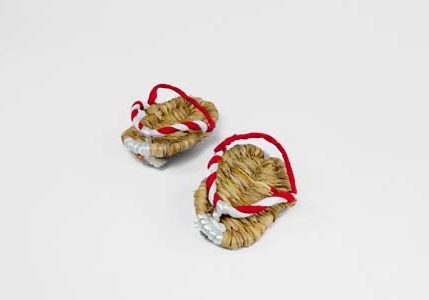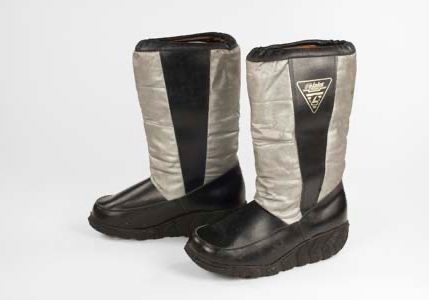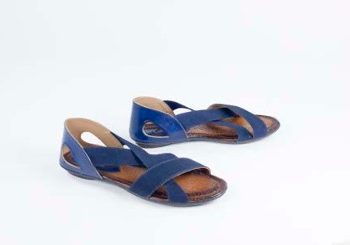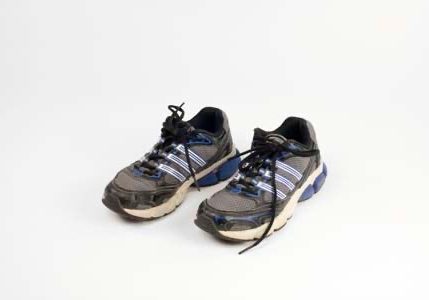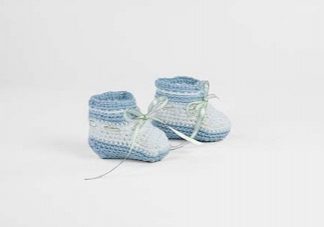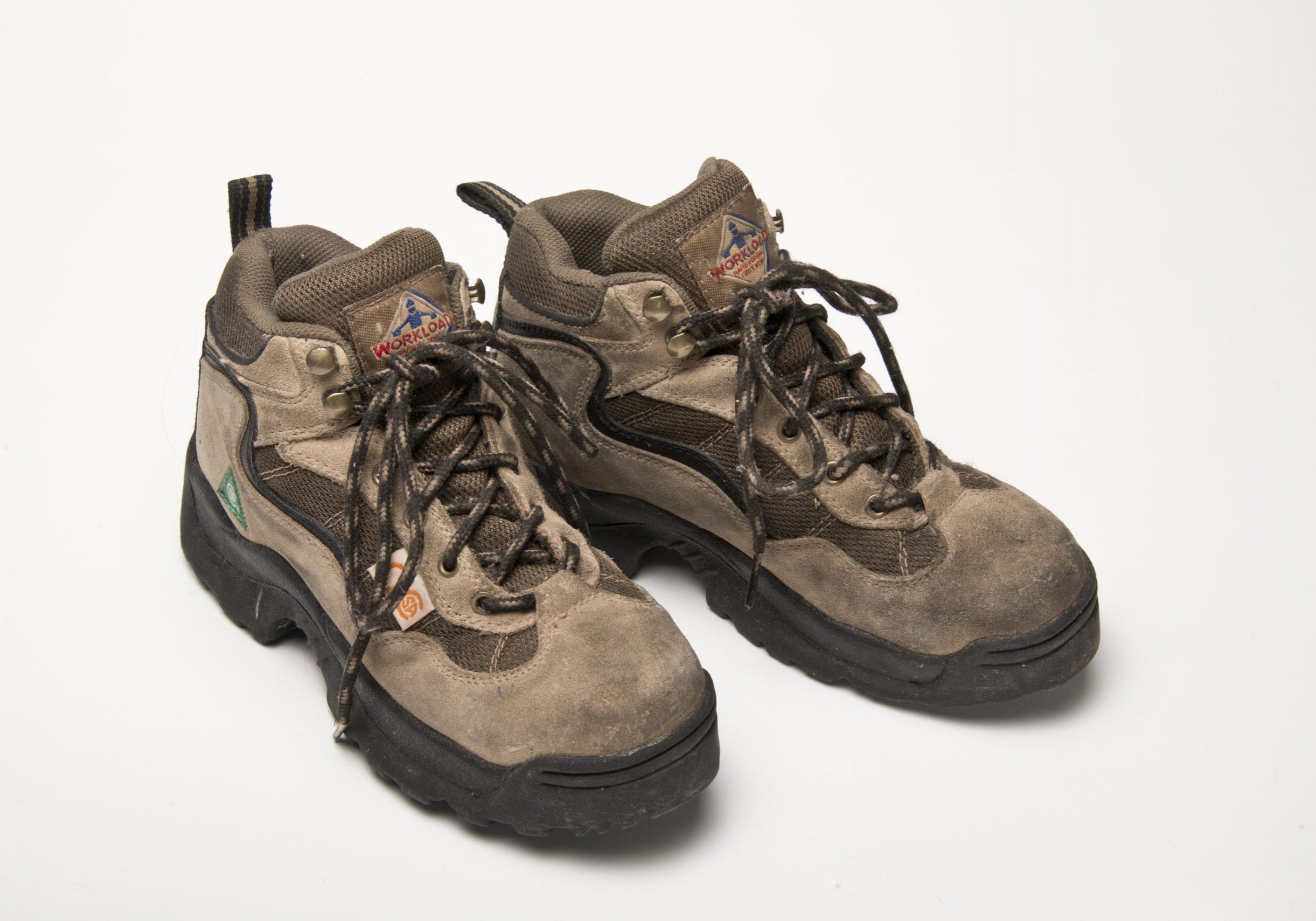Two in One Shoe Story
Hind Kabawat
Summary:
In the Atmah refugee camp near the Turkish border, I met a woman who had fled there with her daughters-in-law and grandchildren. Her sons had all disappeared, killed or in prison. Her shoes were torn so that she could hardly walk. After I left, I sent her my TOMS shoes. Later I noticed these shoes on the feet of the young woman who ran the camp school. One of her students, a small boy, was wearing a man’s shoes, far too big for him. These two shoe mysteries tell the story of the Syrian people and their great love.
Story:
It was a cold, grey day. I was in a car with a driver in South Turkey heading to Atmah Camp on Syrian land near the Turkish border. I could see all the tents of the Syrian refugees—my heartbeat from sadness and pain. I could see my people under the olive trees. Children were playing without toys, women cooking and washing with almost no water.
Millions of Syrian refugees have left Syria since the start of the conflict in March 2011. Children and women ran from death to Jordan, Lebanon and Turkey. It is the most critical humanitarian crisis in this century.
I led a workshop in conflict resolution for the youth in the camp. After the workshop, I visited one tent. I met a nice lady with bright eyes. Her name was Khadija, but they called her Um Abdu, she said. She lost three sons in this conflict. They all disappeared. She doesn’t know if they were killed or in prison. She ran from a village near Idlib called Marat Al Numan, arriving here with her daughters-in-law and grandchildren. She thanked God that she was able to save the children and the women of her family.
When it was time for me to go, before they closed the border, Khadija stood up. I noticed that her shoes were little slippers. They were ripped, so she could hardly walk. I remembered when I immigrated to Canada 23 years ago. I came because I needed a new mountain to climb in my professional life. I was fortunate enough to bring all my shoes. I also brought my grandma’s coffee table, my silver set, my paintings, and my beautiful carpets, which were wedding gifts from my mother.
But Um Abdu had left her home and could not even bring her shoes, or perhaps she didn’t have shoes. That is one reason the Syrian revolution started in the first place: some people have no shoes, other people have so many.
Back at my little hotel in the Turkish village, I decided to send Khadija my TOMS shoes, so at least she could walk comfortably. TOMS shoes are known in North America for their slogan ‘With Every Pair You Purchase, TOMS Gives a Pair to a Child in Need.’ Then I returned to Toronto.
One month later, I was again at Atmah Camp. After my workshop, I went to visit the school. I saw a beautiful little boy there with big, green eyes. He was wearing a man’s shoes. I asked the teacher, “What is the story of these big shoes the little boy is wearing?”
She replied, “Sami is from Bayda. The Syrian regime came to his village and killed 400 people in one day. His entire family died. He is the only one who survived. When rescued, he insisted on taking his father’s shoes with him. He won’t take them off. They are part of a home he can never have again.” The young teacher, with her bright eyes, looked at me and said, “I find this story full of hope and love.”
I noticed that the teacher was wearing shoes similar to the TOMS shoes I had sent to Khadija the month before. On my way out, I passed Khadija’s tent. I greeted her, and she looked at me with pride. “I heard you met my granddaughter, the teacher. Her name is Khadija, like me.” She was still wearing the ripped slippers. I looked at her, my heart full of love and appreciation for this great nation, and said, “Yes, I did. “
HIND KABAWAT holds a BA in Economics from Damascus University, a degree in Law from the Arab University in Beirut and a Certificate in Conflict Resolution from the University of Toronto. She is a former member of the High Negotiations Committee for Syria in Geneva. She was a member of The Shoe Project in 2013. She now lives in Geneva.
